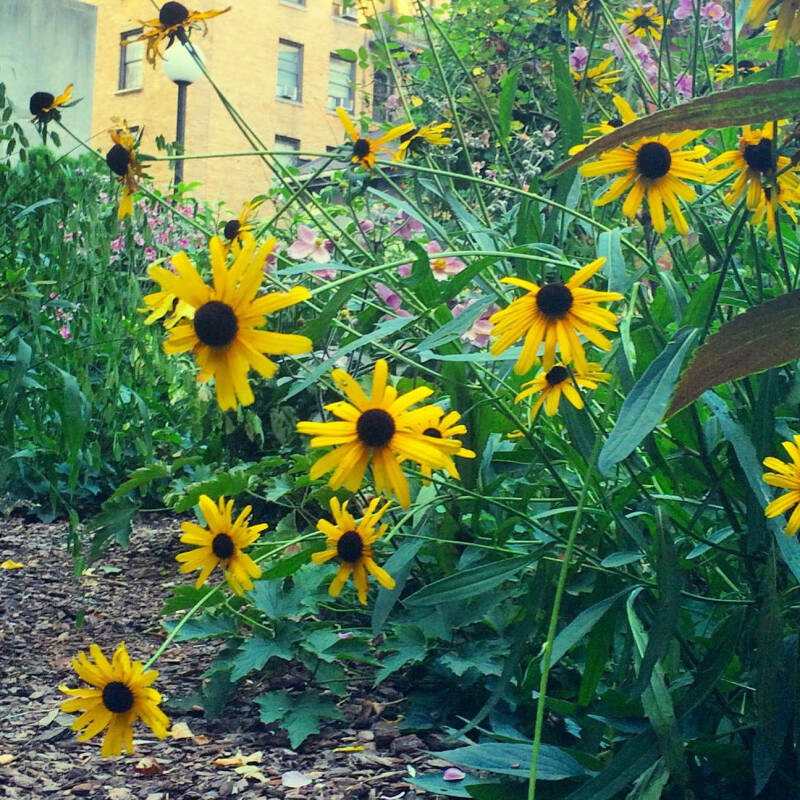What if I told you that you have unlimited access to one of nature’s best fertilizers? And best of all, it’s easy to make and free? Read on to learn all about pee-cycling.
What is ‘pee-cycling’?

Pee-cycling is essentially upcycling your urine into a fertilizer for your plants. Human urine, which is typically free of harmful bacteria, can be used as fertilizer because it has nitrogen, phosphorus, and potassium—the “NPK” that’s on the label of your store-bought fertilizer.
This isn’t a new idea. Urine has been used as a fertilizer for millennia. The ancient Chinese, Romans, Egyptian, and Incas, to list a few, all used liquid gold as a fertilizer. Pee-cycling is making a comeback in eco-conscious circles because of its appeal as a natural, renewable resource. The manufacturing of petroleum-based chemical fertilizers is adding to the climate crisis, not to mention runoff from synthetic fertilizers can lead to algae blooms that can kill animals and plants.
What are the benefits of pee-cycling?

Pee-cycling creates a circular model of production and consumption, where waste (urine) is reused instead of discarded. It saves water, since you’re not using water to flush your urine down the toilet. It saves money since it’s a free, renewable resource you can make yourself. And replacing your reliance on store-bought chemical fertilizers with a sustainable, all-natural version means less fossil fuels pulled from the earth and less carbon released into the atmosphere.
And plants seem to love it. In a recent study, farmers in souther Niger found that urine, either used in conjunction with animal manure or alone, increased harvest of pearl millet crop by about 30 percent.
How do you collect your pee?

If you’ve gotten this far, and you’re intrigued and want to learn how to do it yourself, here are your next steps. Humans produce one to two liters of urine a day, and collecting is the hardest part of pee-cycling. Those who are committed to pee-cycling may want to purchase a urine-diverting toilet, like the Eco-Flush, which separates solid waste from liquid. Those who are curious but not ready to commit may want to purchase a funnel and container (to create what is essentially a portable potty) from Rich Earth Institute, a Vermont-based nonprofit that advocates for the use of human waste as a resource. The group recommends adding one to two cups of white vinegar or one tablespoon of citric acid per five gallons of urine.
And even more low-commitment option: DIY a collection container by simply reusing an empty, washed milk jug, laundry detergent container, or bucket.
What about bacteria and viruses? Human pee can be pasteurized. Don’t have a pasteurizer handy? Well-aged pee is the answer. Store urine for six months in a cool dark space to kill anything living in the pee, according to the World Health Organization.
How do you use urine in the garden?
If you have a dog, you know that pee can burn grass. The same thing can happen to your garden with human pee. Most plants can use a 1:10 dilution, one part pee to 10 parts water; however heavier feeders, like tomatoes, prefer a 1:5 ratio. Water the diluted mixture at the base of the plants and not the leaves. For more details, check out Rich Earth Institute’s guide on how to use urine fertilizer in the home garden.
See also:
- Gardening 101: When to Use Compost, Fertilizer, and Mulch
- Seafood for the Garden: Make Your Own Organic Fertilizer
- Dirty Secrets: 9 Ways to Improve Garden Soil










Have a Question or Comment About This Post?
Join the conversation